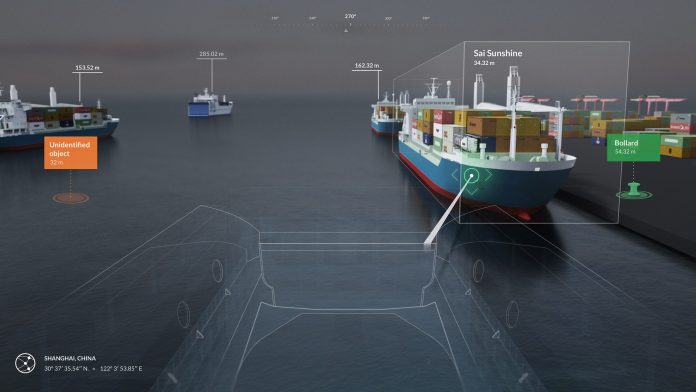Autonomous ships will be a reality before robot aircraft or driverless cars, reckons Rolls-Royce, despite the maritime industry’s late start with digital technologies. The British engine maker said it will test autonomous tug boats in port waters along the Finnish coast this summer.
The shipping industry is experiencing its most radical transformation in its history, Marco Cristoforo Camporeale, vice president of intelligent asset management at Rolls-Royce, told IoT Tech Expo in London.
“Shipping is a very conservative industry. Nothing has changed, until now. Three weeks ago, the Finnish government started talking about enabling autonomous shipping in its waters. This is coming even earlier than autonomous flying and autonomous cars,” he said.
Research and testing of autonomous marine technologies is being pushed hard by Finland and Norway in particular.
The Norwegian government established the Norwegian Forum for Autonomous Ships (NFAS) in 2016 to promote the concept of unmanned shipping; the Norwegian Maritime Authority has also established test beds in the Trondheim Fjord and the Sunnmøre region.
Rolls-Royce opened research and development centres for autonomous shipping in Ålesund in Norway and Turku in Finland in late 2017 and early 2018 respectively. The company will open more in the coming months, Cristoforo Camporeale said.
To illustrate his point about digital change sweeping the shipping industry, Cristoforo Camporeale also pointed to a headline-grabbing comment from Soren Skou, chief executive of leading shipping company Maersk, in February, that his company is more worried about Amazon and Alibaba than its traditional competitors.
“Amazon is a threat if we don’t do a good job for them,” Skou told Bloomberg. “If we don’t do our job well, then there’s no doubt that big, strong companies like Amazon will look into whether they can do better themselves.”
Cristoforo Camporeale commented: “The fact the biggest operator of container ships says its biggest competitor today is Amazon gives you an idea of that transformation.” The influx of engine and sensor data, combined with traffic and weather data is “changing completely the nature of operating a fleet of ships,” he said.
Rolls-Royce is applying the same methods it is already using in the aerospace industry, where it claims 12,000 connected aeroplane engines are producing a live feed of data about usage and wear to its partners.
“We are doing the same thing now in shipping,” said Cristoforo Camporeale, referencing the company’s on-shore analytics centres and “data factories”, which are processing raw data from ships with external inputs to enlighten both the control centre and the crew on board.
He suggested the first use case is port automation of tug vessels to bring large ships in and out of harbours, as well as automating ferries in the fjords and inland sea crossings in Scandinavia.
The company demonstrated the world’s first remotely operated commercial vessel, a 28-metre long Svitzer Hermod tug boat, in Copenhagen harbour, in Denmark, in June 2017. The boat was berthed, undocked, piloted about the harbour, and returned to the quayside. “It’s not science fiction; it’s reality. We are already doing it. We demonstrated that last year,” said Cristoforo Camporeale.
Rolls-Royce is preparing to run the same trial without any direct human input at all. “There is no human supervision. A robot arm will reach out from the tug boat, pick up the rope, and pull the vessel into port.” Autonomous vessels will be common for short sea voyages by 2025, he said; they will launch for ocean crossings after that.

